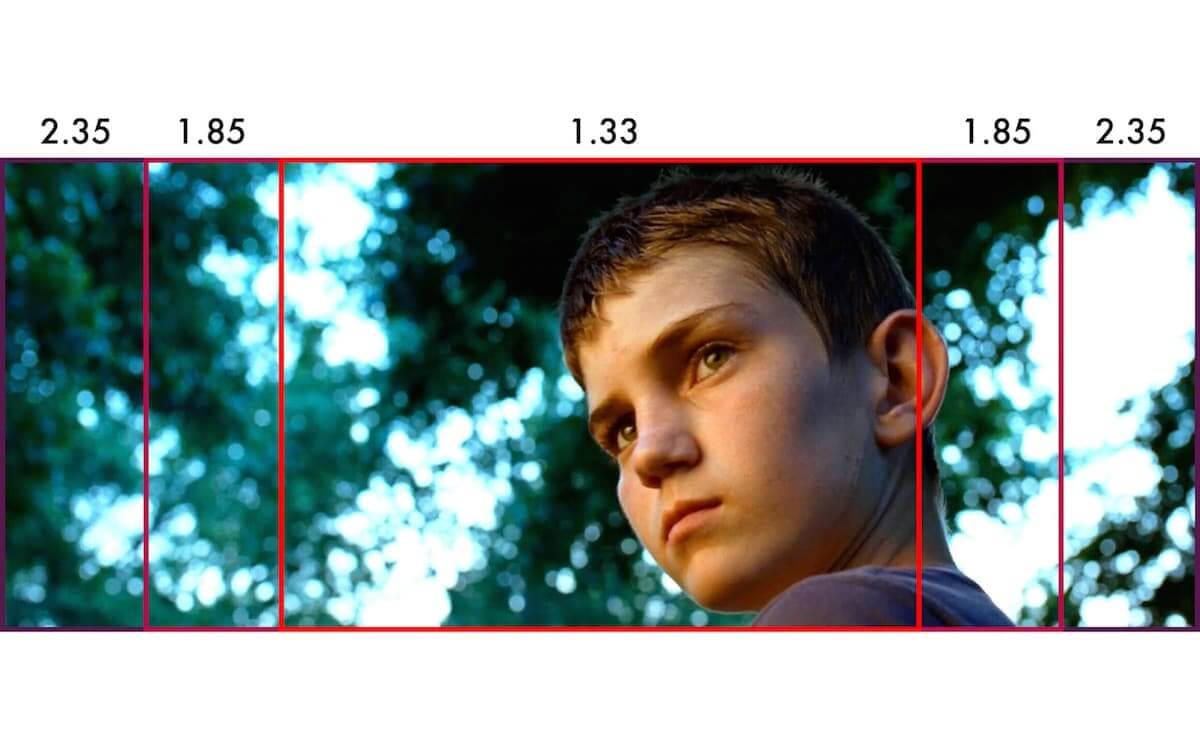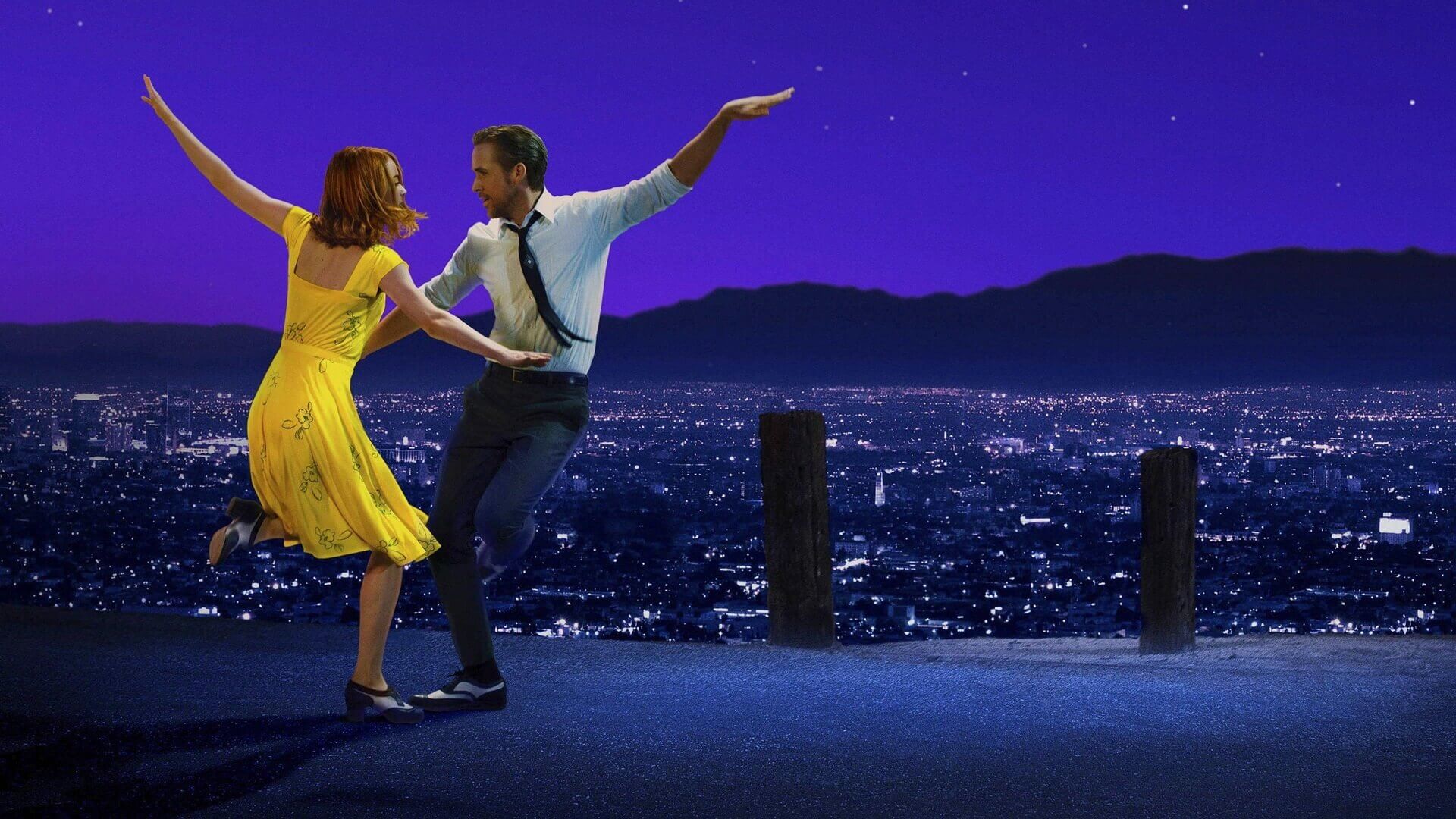Have you ever asked yourself, “What is CinemaScope?” It’s a widescreen lens and projection system that has become a popular choice for filmmakers and is now an industry standard. Most audiences had never seen anything like it, and it started a widescreen revolution that literally changed the shape of movies forever. So, what is CinemaScope, exactly? And just how important was it to the cinema landscape both then and now?
CinemaScope Explained
The origins of CinemaScope
For some people, a CinemaScope lens needs no definition, as its very name can be used as a shorthand for “anamorphic widescreen.” But there’s a lot more to it, especially since modern anamorphic processes in film can be traced back to CinemaScope anamorphic lenses, their impact, and how it all influenced movie making.
So, before we get into the origins and history of CinemaScope, we’ll start with a simple definition of what is CinemaScope that lays it all out, along with elements related to the process.
CINEMASCOPE DEFINITION
What is CinemaScope?
CinemaScope is an anamorphic process that compresses an image during filming and uncompresses it when projected. The process involves squeezing a wide image onto 35mm film so that it fits the physical celluloid’s square frame. With the help of anamorphic projection lenses, this image is then unsqueezed, allowing for the full width of the image to be displayed.
What is being squeezed and displayed? CinemaScope ratio could display images as wide as 2.66:1, though it was reduced down to 2.55:1, and then later 2.35:1, to give space for the audio tracks to be placed on film strips. On a 35mm film strip, the 2.55/2.35 image would be squeezed to an aspect ratio of 2:1. When projected with an accompanying CinemaScope lens, it would be unsqueezed to its full width on a CinemaScope screen.
CinemaScope Elements:
- Widescreen display
- Distortion (faces and objects looking fatter or wider, especially in close-ups)
- Bokeh (out-of-focus blur)
- The 20th Century Fox fanfare included a statement of the film being presented in CinemaScope
Here's a quick visual to give you a sense of how CinemaScope compares to other standard aspect ratios. You can see how radical of a change it was from the previous standard of 1.33:1.

CinemaScope Aspect Ratio
In the early days of cinema, French inventor Henri Chretien created and patented an anamorphic lens (known as Hypergonar) that could be used for motion pictures. However, back in the 1920s and ‘30s, no one was really interested.
That all changed in the early 1950s, when movie studios were losing their audience to the rise of television. It was convenient, could be enjoyed at home, and provided the same entertainment value as movies.
However, in 1952, This is Cinerama, which displayed a widescreen image with three cameras and three projectors, was becoming a smash hit across the country, albeit in limited theaters.
This is Cinerama trailer • 2017 restoration
20th Century Fox was in desperate need to bring people back into movie theaters. They needed something that, while unique, could be easily implemented nationwide. With Cinerama as inspiration, studio execs got in touch with Professor Chretien and asked if they could purchase the rights to his Hypergonar technology.
While anamorphic lenses were nothing new, what made Chretien’s creation special was that he already had the lenses made. 20th Century Fox was unique for having their own R&D department, which meant they could begin making CinemaScope lenses for future productions.
By the spring of 1953, Fox had gotten the rights and was moving full speed ahead with their newly named CinemaScope process.
Implementing CinemaScope
CinemaScope takes over Hollywood
If you’re wondering what was the first film made in CinemaScope, then The Robe is your answer. This 20th Century Fox CinemaScope picture was immediately followed by How to Marry a Millionaire, starring Marilyn Monroe. The two films couldn’t be more different: one was a biblical epic, the other a romantic comedy. At the time, there were no rules for what movie could be shown in the wide CinemaScope aspect ratio, as long as it took advantage of its width.
How CinemaScope came to be
In any case, the studio wanted all of their movies to be shot and presented in CinemaScope from now on. Not only that, but they offered to license out the 20th Century Fox CinemaScope technology to any competitors that were willing to pay the fee. That included Warner Bros. and Walt Disney Pictures, the latter of whom released the first animated films in the format, including Lady and the Tramp.
Here’s a quick CinemaScope movies list that recaps and mentions some notable films shot and presented in the format:
- The Robe
- How to Marry a Millionaire
- Rebel Without a Cause
- Lady and the Tramp
- The King and I
- East of Eden
- The Seven Year Itch
- 20,000 Leagues Under the Sea
However, not every studio in Hollywood felt comfortable paying their competitors money for technology that, in theory, they could build themselves. So, build it themselves they did. A number of competing “Scopes” came out, not just in Hollywood, but around the world. These included WarnerScope, Franscope, and TohoScope.
CinemaScope’s Rise and Fall
CinemaScope’s final years
Aside from “Scope” rivals, other studios experimented and created their own “flat” widescreen processes during the 1950s. Paramount — who also helped jumpstart the widescreen revolution by cropping their 1953 Western Shane to be in 1.66:1 — created VistaVision. VistaVision actually rotated regular 35mm film onto its side to create higher-quality images in the 1.85:1 aspect ratio.
Universal and Columbia, among others, began to adopt the 1.85:1 ratio and used it as their primary widescreen format throughout the decade.
On the more exclusive end, there was Todd-AO, a company that specialized in 70mm widescreen filmmaking. While they came out around the time of CinemaScope, they were more influenced by Cinerama, which included projecting their movies on a curved screen.
While not too many movies used this process, a few of them (Oklahoma!, Around the World in Eighty Days, The Sound of Music) went on to be cinema classics.
Oklahoma! was shot with Todd-AO cameras and lenses
Additionally, there was Panavision, which at the time was established around 1954 to help make more CinemaScope lenses for Fox. However, it would soon independently establish itself as a major player in the widescreen market, creating innovative lenses and cameras.
By the early ‘60s, it had started to overtake CinemaScope as a go-to for anamorphic filmmaking, especially since there was no licensing involved. The final films shot with CinemaScope lenses were released in the late ‘60s, with In Like Flint and Caprice being the final two. By this point, a variety of widescreen processes existed, including Techniscope and Super 35, which used regular 35mm film to create 2.35:1 images without an anamorphic lens or camera.
While the image quality was lower than what you would get from Panavision, it proved that shooting a movie in the CinemaScope aspect ratio or otherwise was no longer out of most filmmakers’ reach.
CinemaScope’s Legacy
Looking back on CinemaScope
While the CinemaScope ratio and process fell from use by 1970, its legacy can not be understated. Thanks to the studio execs at Fox freaking out over the future of cinema, they created it by going "all in" on a new form of filmmaking.
Panavision has become a legendary company that uses innovative technology to create anamorphic lenses and cameras that just about anyone can use. Additionally, CinemaScope pushed other studios to try their own film processes, some of which are now industry standards.
Plenty of movie-goers today will still ask what is CinemaScope, even if they can recognize the CinemaScope aspect ratio in its evolved form. But the name still shows up in contemporary cinema. Films like La La Land and Logan Noir including the CinemaScope logo in their openings as a tribute. Even in movie production jargon, ‘Scope' is still used to refer to movies in the 2.35/2.39/2.4 “CinemaScope” aspect ratio.
La La Land opening logos paying tribute
The influence of CinemaScope is inescapable, but that’s not a bad thing. It helped revitalize cinema at a time when television was all the rage, and it provided filmmakers with a new and exciting canvas that is still being used and innovated on to this very day.
UP NEXT
Definitive guide to aspect ratios
Now that you’ve learned about the CinemaScope aspect ratio and its importance to filmmaking, you can see how other filmmakers have utilized the ratio in the years that followed. Our definitive guide to aspect ratios features comprehensive information, tips, and tools that you can use when making your next motion picture.
Up Next: Aspect Ratio Guide →
Showcase your vision with elegant shot lists and storyboards.
Create robust and customizable shot lists. Upload images to make storyboards and slideshows.
